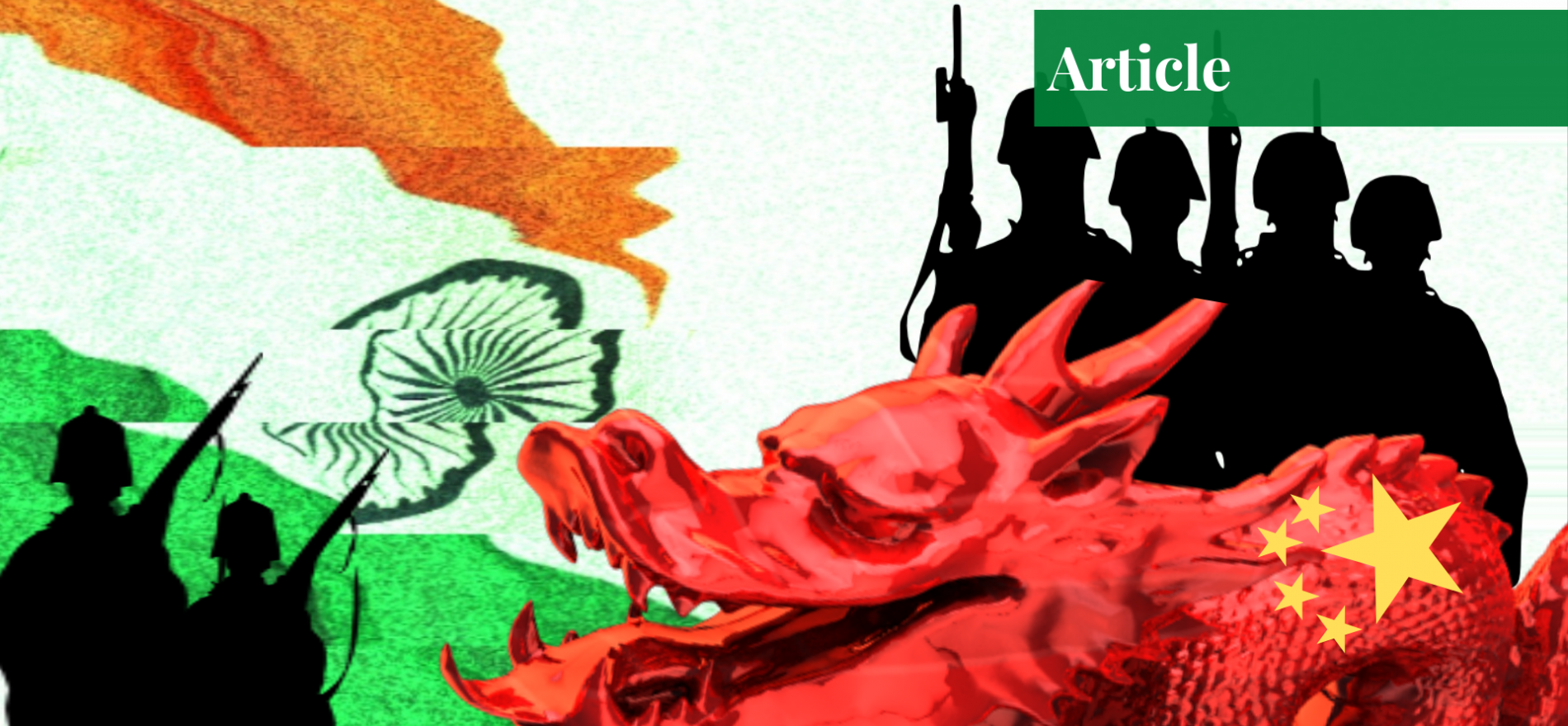Henri is an economist and contributor to Nkafu policy, a think tank. Before this, he was an economist and macroeconomic strategist at Roubini Global Economics, one of the leading economic research providers in London.
Introduction
As border conflicts escalate, it is essential to now assess India’s military capabilities. India is one of the world’s nuclear powers and its skirmishes with both Pakistan (Kashmir) and China (Ladakh) recently either provide an indication of its military inclinations or its approach to diplomacy. Earlier, after the Pulwama attack, Pakistan confirmed that it had shot down two Indian aircraft after tensions between the two states escalated.
Meanwhile, India’s security woes continue to mount as China is reported to have annexed 60 square km of India in the disputed Ladakh region, illustrating the challenges facing its ill-served and stretched military. This was confirmed by a senior Indian Army source and suggests that the recent escalations in the disputed region show no signs of easing.

Whilst all this has occurred recently, India’s response has been tepid, as it continues to balance the economic implications of geopolitical outcomes in the region and its response to the said attacks. Admittedly, a full-scale military conflict is not unlikely and India, under such circumstances, will be expected to retaliate. Although such an outcome can be viewed as myopic and counterproductive, it will nonetheless project India’s strength as a military superpower in the region.
It is, therefore, logical to ask how India’s military is faring in the region compared to its counterparts since nuclear weapons do not fully reflect a country’s military capabilities. A range of factors such as the coordination of a decentralized military response – apt for such outcomes with China and India – response times and logistical support are indispensable to an effective counterassault.
As such, to merely equate India’s ability to respond to attacks to its nuclear capabilities grossly illustrates a less comprehensive approach to analyzing its ground and air capabilities. One should, therefore, look at military capabilities and the ability to respond as two separate parts of a whole, which, if credibly and effectively executed, could restore India’s border presence and reduce the security mishaps.
Military Spending and Manpower Weigh in Favor of China
China is one of the largest military spenders in the world, with the official military budget, according to China’s finance ministry, declared at $177 billion, even as some analysts see this number much higher at $261-266 billion. On the other hand, the Stockholm International Peace Research Institute (SIPRI) puts India’s defense budget at $71.1 billion, making it the third-largest spender in the world. A rather quick breakdown is warranted in order to fully assess its capabilities across the region.
India’s available manpower stands at 622,480,340 with 538 fighter jets, 8,686 armored vehicles, 10 destroyers, and 16 submarines. However, India’s military appears to be fraying, indicated by sub-par fighter jets that are unable to defend effectively in the event of a conflict. This was increasingly evident when Pakistan shot down India’s Russian-made MiG-21 Bison, a fighter jet first flown in 1956, with U.S.-made AIM-120 air-to-air missile, thus illustrating the need for India to update its fleet and benefit from advanced technology provided by defense contractors spanning the EU and the United States.
Looking more broadly at India’s military capabilities, one finds that years of under-investment and a lack of coordination have further impeded its military supremacy against the likes of Pakistan and China, and put the disputed area of Kashmir at risk of further Pakistani encroachment. The recent assault by China in the Ladakh region is symptomatic of the broader vulnerabilities of India, especially of its army, where troops in high altitude areas do not have access to snow goggles, which are indispensable for the blizzard-prone zone.
Furthermore, multipurpose boots adapted to the snow-capped landscapes are equally inaccessible by India’s military according to a report by the Comptroller and Auditor General (CAG). Moreover, not only is requisite food for high-altitude areas absent for soldiers in the Siachen and Ladakh region but they are also exposed to inadequate nutrition that makes them unfit to respond to an otherwise targeted Chinese assault.
A Warranted Revamp
While India’s over-invested military is partially starved in its bordering regions, it should be noted that this mishap illustrates a lack of coordination in its logistical delivery. Despite its military spending rising by 6.8% to 74.1 billion in 2019, such mistakes could be costly for India over the long-run. It is now clear that the issue at stake here isn’t India’s expenditure on its vintage army, which appears to prioritize the wrong areas, but the inability of its military to streamline logistical support for its land and maritime troops.
For example, India’s decision to sign a Memorandum of Understanding (MoU) with Russia to upgrade its amphibious capabilities and train its fleet will go a long way to shore up confidence, but this should not take precedence over the full servicing of its armed forces. The failure to address these shortcomings embolden the Pakistani military, serving as the anchor for future attacks, should Pakistan sense any weakness as China pushes for greater terrain in the territory.
China’s expansionist tendencies are unlikely to cede until it emerges as the regional hegemon, while Pakistan’s financially-driven support and mutual disdain for India will see it flex its military muscle in the near term. India’s vintage military cannot be understated as it possesses nuclear weapons that are nonetheless lethal, but it has a great deal to lose from an outcome that prioritizes nuclear weapons.
Rather than assert its geopolitical supremacy via nuclear weapons, it must instead align its response time with targeted investments that would enable it to develop key competencies and credibly protect its borders as well as its sphere of influence. One thing is for certain, India and its military have been exposed by China in the ongoing Ladakh skirmish.
If you want to submit your articles and/or research papers, please check the Submissions page.
The views and opinions expressed in this article/paper are the author’s own and do not necessarily reflect the editorial position of Paradigm Shift.



















